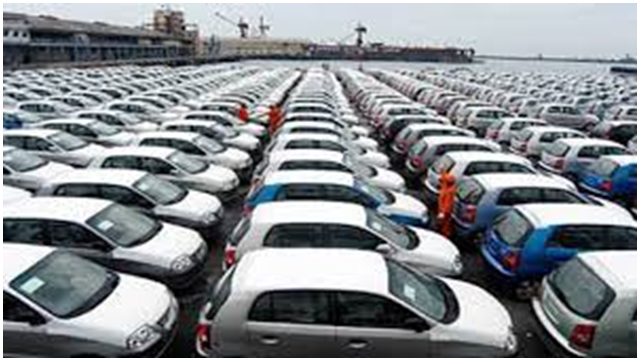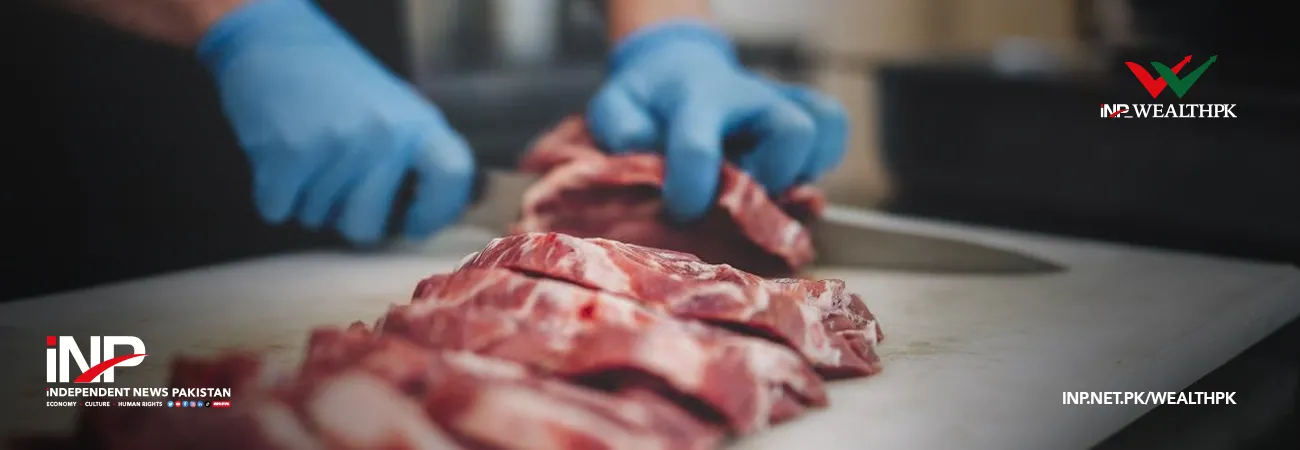INP-WealthPk
Hamza Ali
A combination of softer monetary policy and improved macroeconomic data has sparked a recovery in Pakistan's automotive sector. However, industry experts believe that the journey towards a full-fledged rebound is still incomplete, hampered by established structural difficulties that continue to weigh on demand and supply.

“Despite policy easing, Pakistan’s auto sector remains far from a full-scale revival, with structural barriers like high duties, low purchasing power, and currency volatility continuing to weigh down demand and production,” said Waqas Ghani, Head Officer at JS Global, while talking to WealthPK. After almost two years of low volumes, new data shows that auto financing has gone up year over year. The upward trend could be an early sign that things are starting to get better. Analysts warned, though, that the reaction had been slow to start with and that momentum was still weak.
“There’s a cautious uptick in the consumer demand, but a meaningful recovery hinges on stable car prices and stronger consumer confidence,” Ghani added. Some supply side pressures have been relieved by the macroeconomic developments. Completely knocked-down (CKD) kits have been able to flow again after being restricted due to import restrictions, thanks to the rising foreign exchange reserves and a rather steady external position.
“The easing of supply chain bottlenecks, aided by better forex reserves and external account stability, has restored operational predictability for automakers,” Ghani noted. However, the sector remains hamstrung by the high input costs, driven by a combination of steep regulatory duties, expensive imported components, and a weak currency.
“Very high duties and taxes are inflating vehicle prices, making car ownership an increasingly distant dream for the average Pakistani,” Ghani said, adding that the current production volumes are still “a fraction of what they were at their peak in 2017.” Currency depreciation remains a substantial obstacle. The import costs of essential auto parts and apparatus have increased as a result of the Pakistani rupee's decline against the US dollar in the past year.
“The rupee’s depreciation against the dollar has severely increased import costs for auto parts, further squeezing margins and raising car prices,” said Ghani. Alongside supply-side pressures, limited access to consumer credit is additionally hindering the recovery process. Imposition of caps on auto financing by the State Bank, specifically the Rs3 million limit for car loans, has resulted in many potential buyers being excluded from the market.
“Capped auto financing and high interest rates have curbed the ability of middle-class consumers to finance new vehicle purchases,” he added. This view was echoed by Syed Zafar Abbas, General Manager at Zahid Latif Khan Securities (Pvt.) Ltd., who underlined the impact of monetary policy on vehicle affordability. “Higher interest rates directly raise automobile prices, while easing monetary policy can boost consumer purchasing and revive the auto sector,” he said.
Experts argued that to move beyond short-term recoveries, the government must adopt long-term reforms aimed at enhancing affordability, building resilience, and fostering innovation. “Incentivizing localization isn’t just about reducing dollar outflows — it’s essential for building a resilient, affordable, and sustainable auto industry,” said Ghani. Among the most urgent reforms is a review of the financing landscape.
“Relaxing financing caps, lowering interest rates, and offering longer tenures can be game-changers in making cars more accessible to the public,” Ghani suggested. Coupled with reduced down payment requirements, such changes could significantly expand the consumer base. However, affordability is just one aspect of the problem. The need to stimulate innovation and transition to cleaner technologies is equally critical, especially as the global trends shift toward sustainability.
“To future-proof the industry, we must push for hybrid and green technologies while encouraging innovation through a healthy market competition,” Ghani said. Another vital element is export orientation. Given the volatility and limitations of domestic demand, increasing exports can mitigate reliance on local sales and enhance the sector's long-term sustainability.
“A forward-looking auto policy must focus on developing export potential to diversify revenue streams and strengthen Pakistan’s manufacturing base,” he added. Even though there are some good signs, people who work in the industry think that a real revival will need more than just a policy cycle that is loosened. Policy makers think it will need consistency, a stable regulatory framework, and policy reforms that are worked on together by the government, manufacturers, and financial institutions.
As the sector slowly picks up speed, everyone will be watching to see how officials deal with these long-standing problems. Without a unified effort, the current recovery could end up being just another short-lived cycle in an industry that has had trouble with volatility for a long time.
Credit: INP-WealthPk













